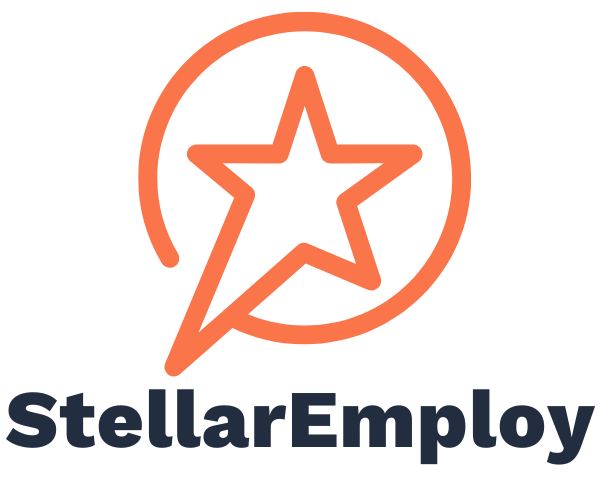Assessments rival employee referrals… here’s how to choose a great one
While conventional wisdom states that employee referrals are the best source for candidates, they have a few hidden downsides.
Employees are likely to refer candidates that are similar to them, which can ultimately reduce the workforce diversity. This is often an unconscious tendency, driven by affinity bias and by social networks that are often more homogeneous.
Colleagues who know each other from outside of work may bring those relationships into the office, leading to workplace cliques, which can have a negative effect on employee morale.
Additionally, the volume of referrals can quickly hit a ceiling -- in companies with 1,000+ employees, referrals represent 27% of new hires. Frontline workers are hired in such high volumes that your current employees can exhaust their personal networks, therefore it is critical that companies maintain a healthy mix of applicant sources, including job boards, local community organizations and paid advertising.
Finally, recruiters and hiring managers should make sure to evaluate each referred candidate on their own merits. Top performing employees may refer candidates that are not a fit, especially if they are referring someone to a role in another department - the referring employee may not have a good understanding of what that role entails.
So, what’s a good alternative?
Employee referrals have a good reputation as a sourcing channel because they incorporate a lot of hard to capture information: the referred candidate can ask their friend about the nature of the job before they apply; once they’re in the pipeline, the recruiter and/or hiring manager can ask the employee about the candidate. But with a good assessment, you can do this in a more clear, objective, and scalable way.
We analyzed a sample of 1,644 hires who took StellarEmploy’s proprietary job-fit assessment. In the sample, 433 (26%) were referrals and we found no statistically significant difference in 30 day employee retention between referrals and non-referrals.
StellarEmploy’s survey provides an unbiased assessment of each applicant’s skills, motivations and preferences, which are combined to produce a job-fit rating. In a traditional interview (without an assessment or an employee referral), these applicant characteristics can be incredibly hard to uncover. While quality employee referrals can help recruiters assess candidates on these dimensions, it’s a lot more efficient to leverage a job-fit survey!
Selecting your assessment
Picking the right assessment can be hard and confusing. Consider our easy 3-point checklist when evaluating your job-fit assessment.
How is the assessment being scored? Some assessments base their results on the hiring manager’s opinion of the most important traits for the job. We’ve found, however, that many people have misconceptions, colored by their own experiences and assumptions. There’s a chance that the hiring manager has never done the job of the front line worker themselves! Instead, we recommend you select an assessment that measures and calibrates on current employee performance and/or retention. Ensure that the right granularity is used for the scoring as well. At StellarEmploy, we’ve found that there can be significant differences even when the same job is performed at different locations.
Does the assessment “match” your ideal candidate? Consider the applicant experience when you’re shopping for an assessment.
Our research from over 15,000 applications has shown that 78% of applicants completed their assessments on their smartphone, so an assessment that requires a desktop computer will frustrate many of your applicants.
Does the literacy level of the assessment match what’s required on the job? Assessments are often written by PhDs or Industrial Psychologists, who may not adjust their methods to fit your candidate population.
You may also want to consider the length of the assessment, whether it needs to be completed in one sitting and other factors, based on your candidate pool.
Are there implicit biases in the assessment? Make sure to understand how the assessment provider has reduced bias in their design. Assessment surveys need to both accommodate diverse populations and consider cross-cultural implications. Survey respondents may have different answers to the same questions due to different perception of the questions themselves. Even considering that respondents understood and interpreted the survey questions the same way, respondents from different sub-groups (gender, race, age, education level, socioeconomic status) may still answer the survey questions systematically differently. Survey design must address this inherent bias.
A quality assessment that is relevant for the role can be seen as positive part of the recruitment process. Not only can assessments alleviate candidate concerns about consistent treatment, some of them can be fun and informative. At StellarEmploy, one recent applicant shared that the process provided “a good explanation of what the job is and also what the requirements and responsibilities are for that position.”
Through our work and our research, we’ve learned that employee referrals are only a partial solution to your recruitment needs. Job-fit assessments can enable recruiters to identify quality candidates, reduce bias and manage high applicant volumes while providing a consistent applicant experience. Whether ramping up due to business growth or dealing with a flood of applicants and no reliable way to assess quality, job-fit assessments can bridge the gap that employee referrals just cannot achieve on their own.
Jeff Morin is a part of StellarEmploy’s Science Team and has spent over a decade managing and hiring frontline hourly workers.
